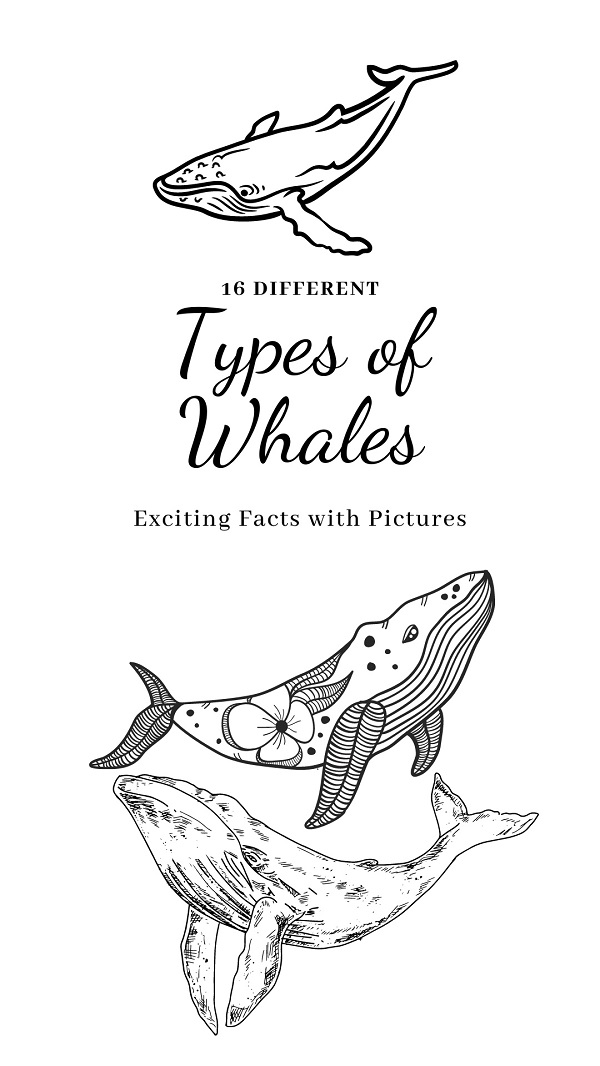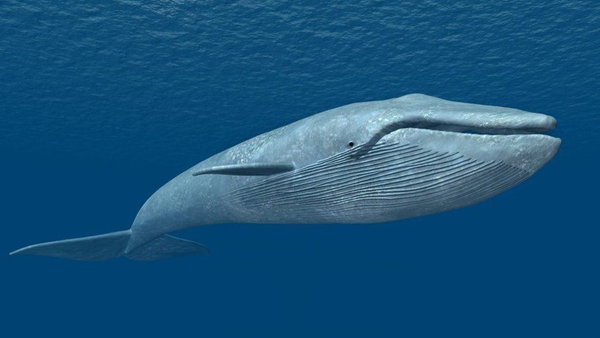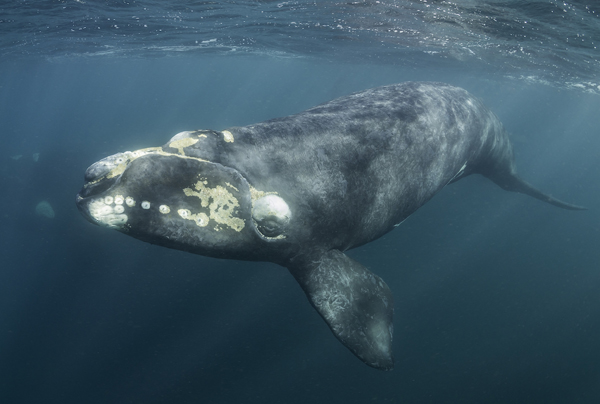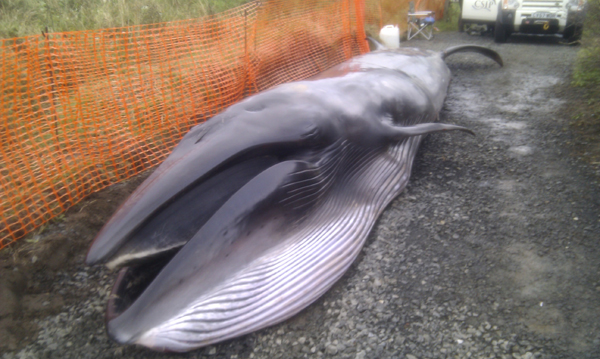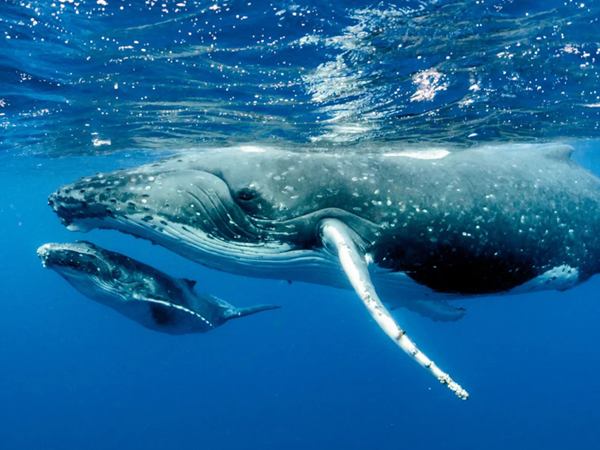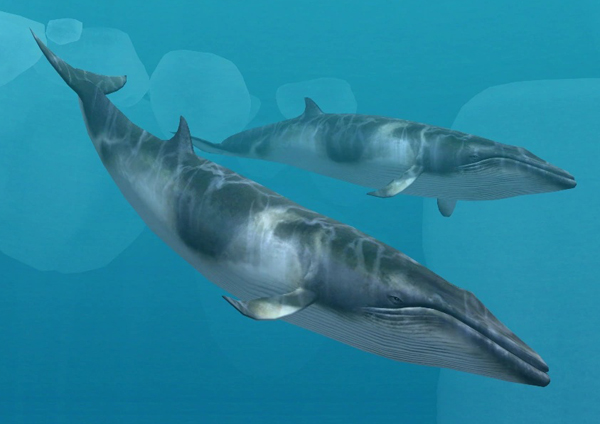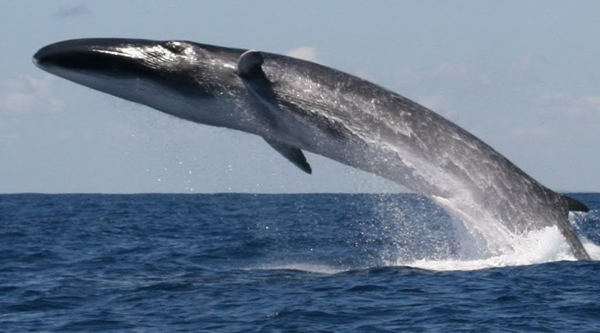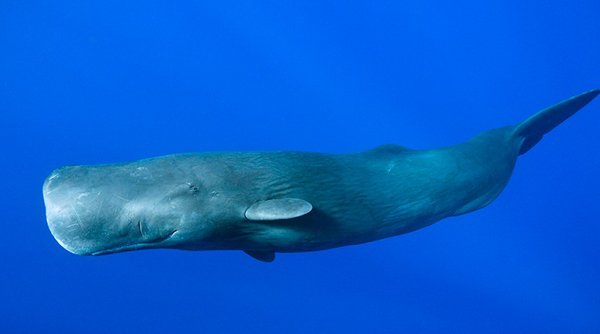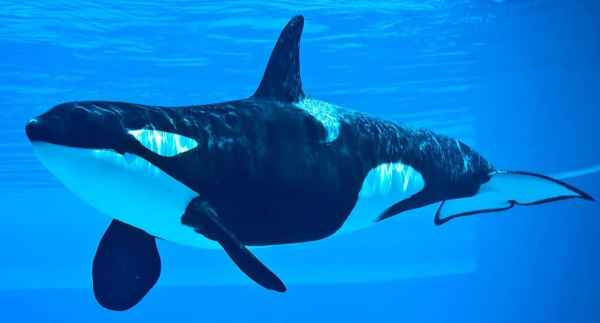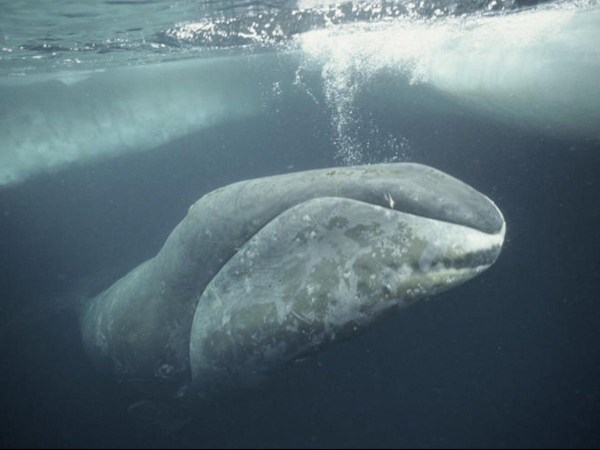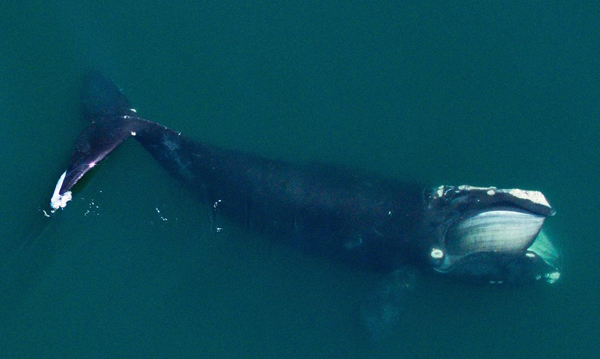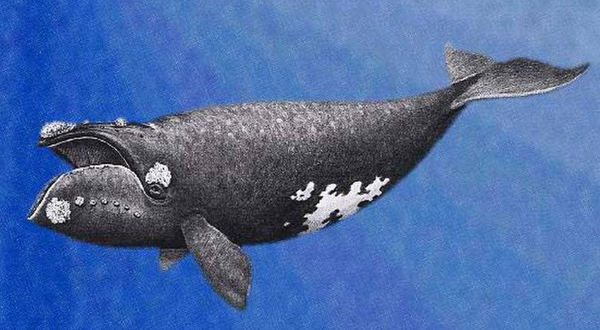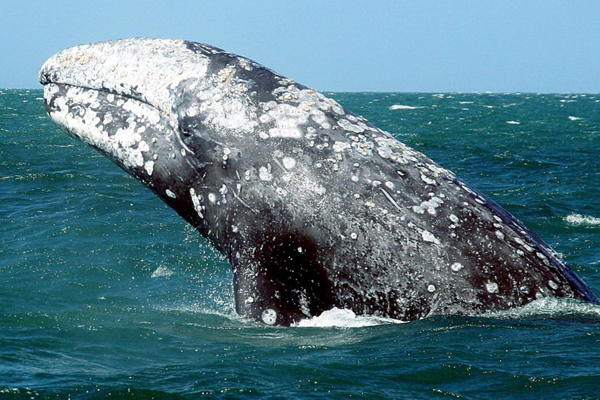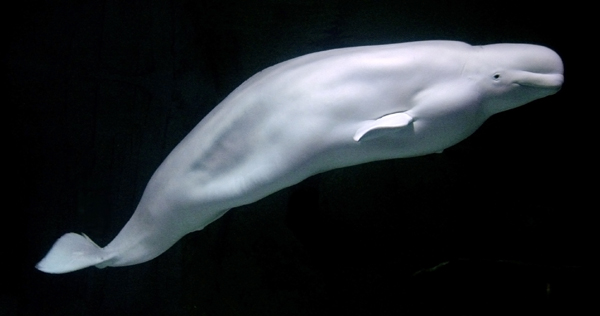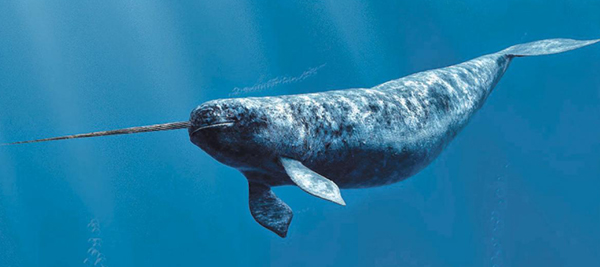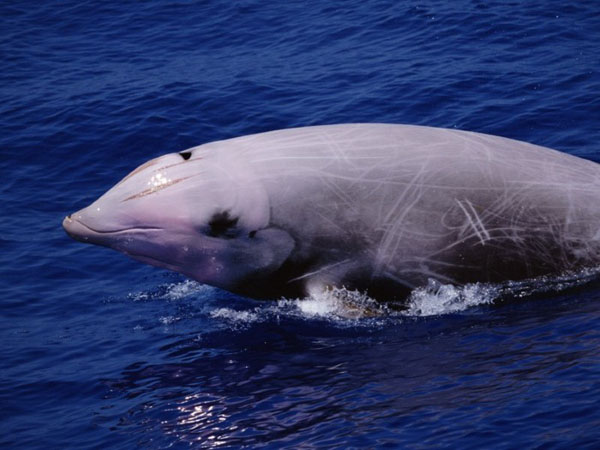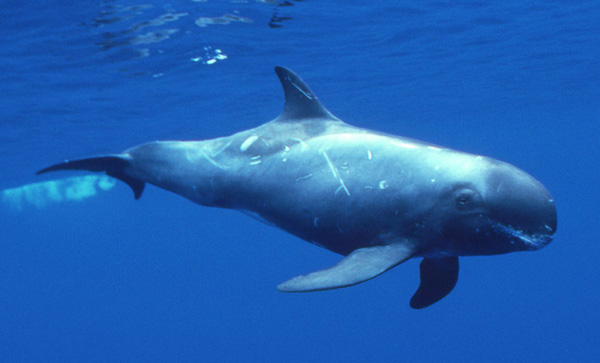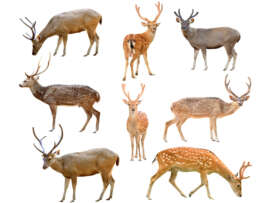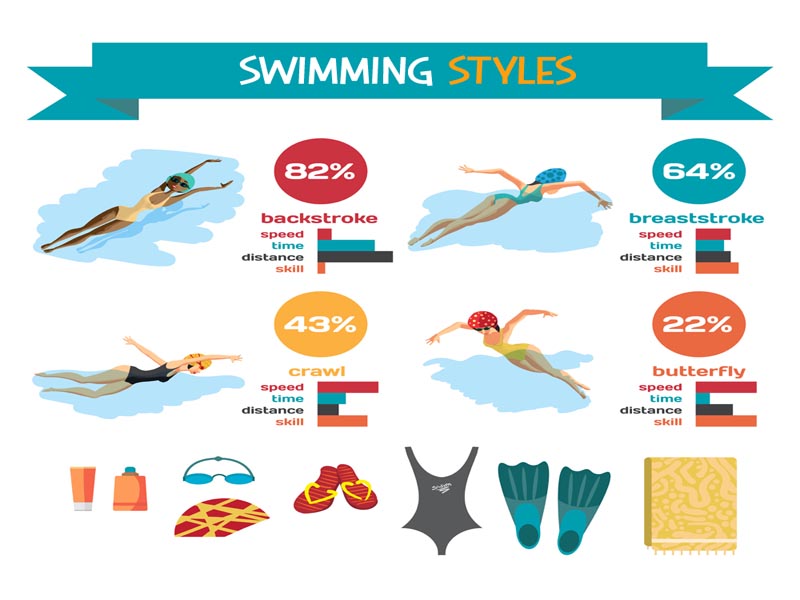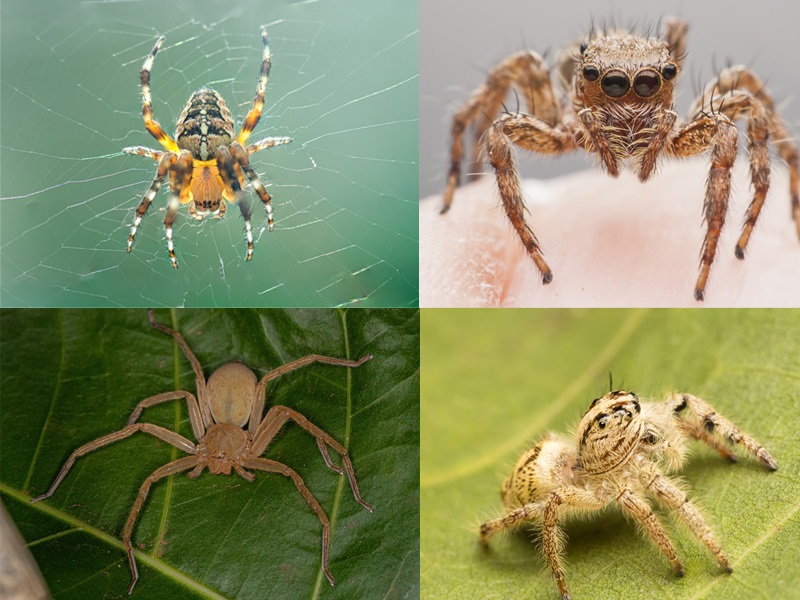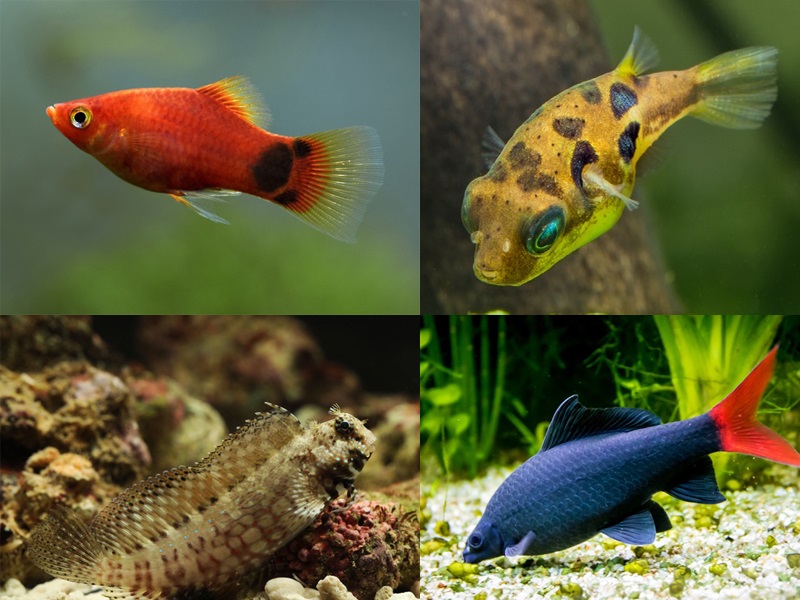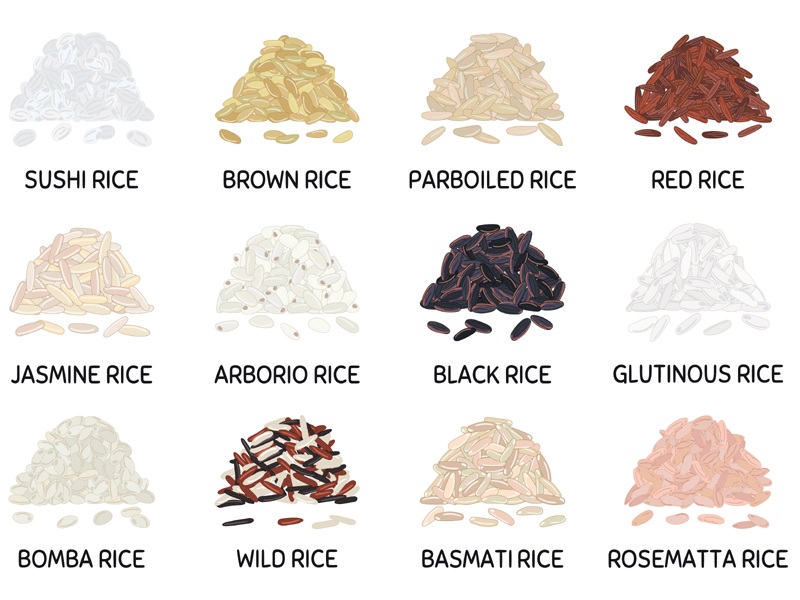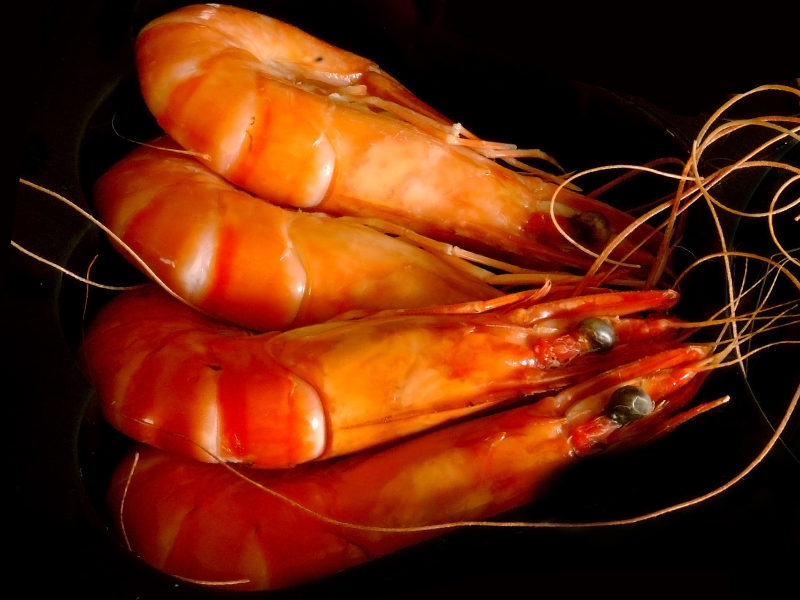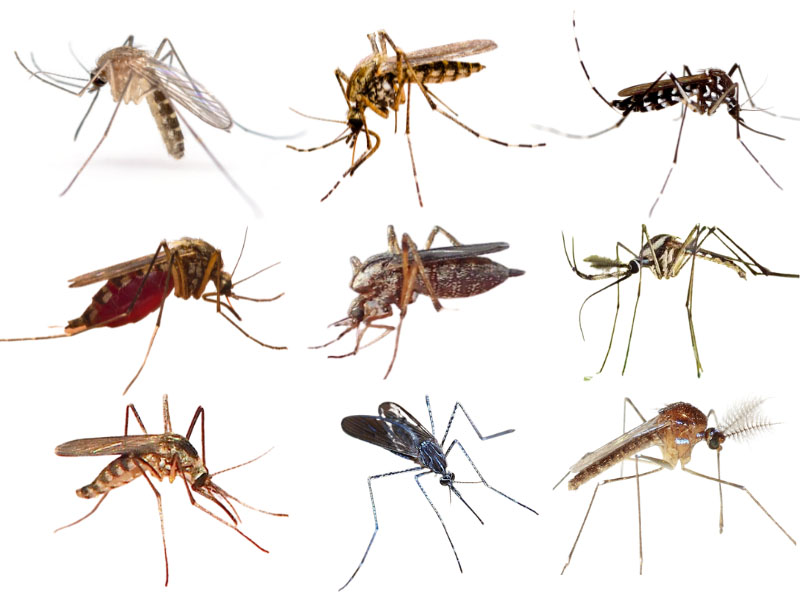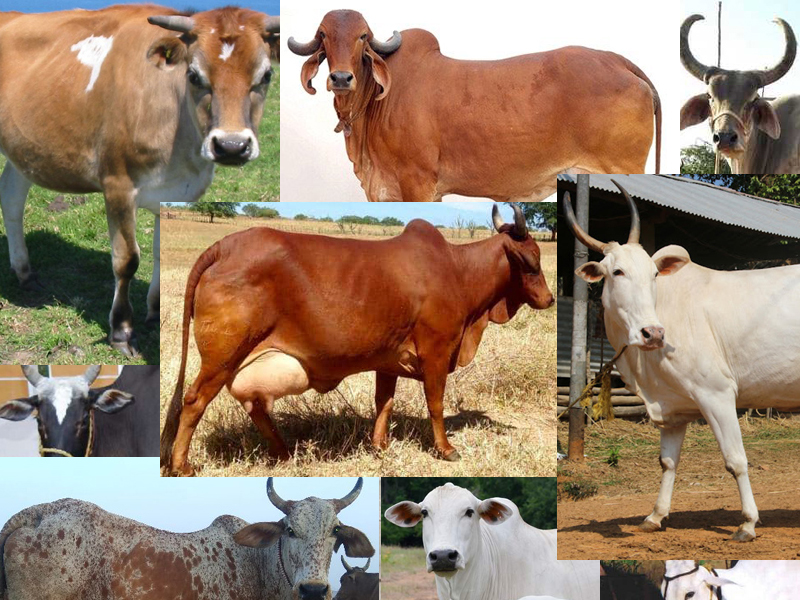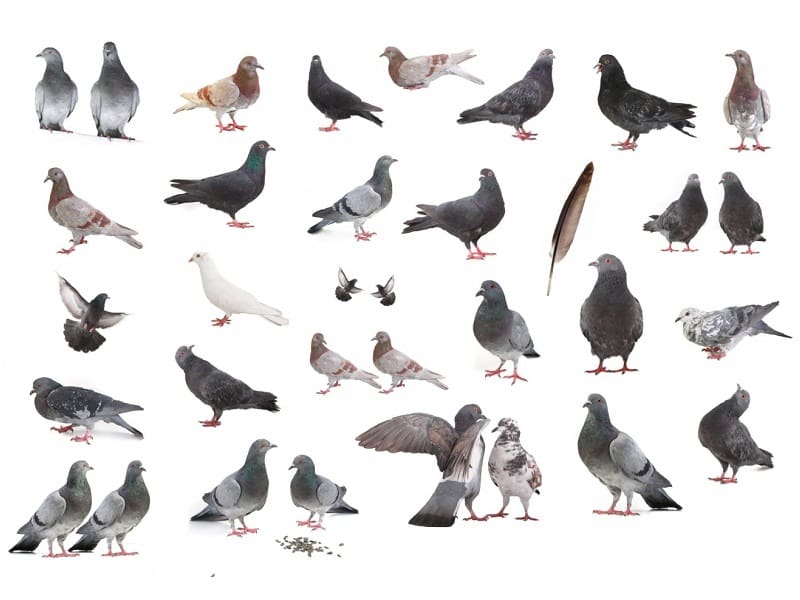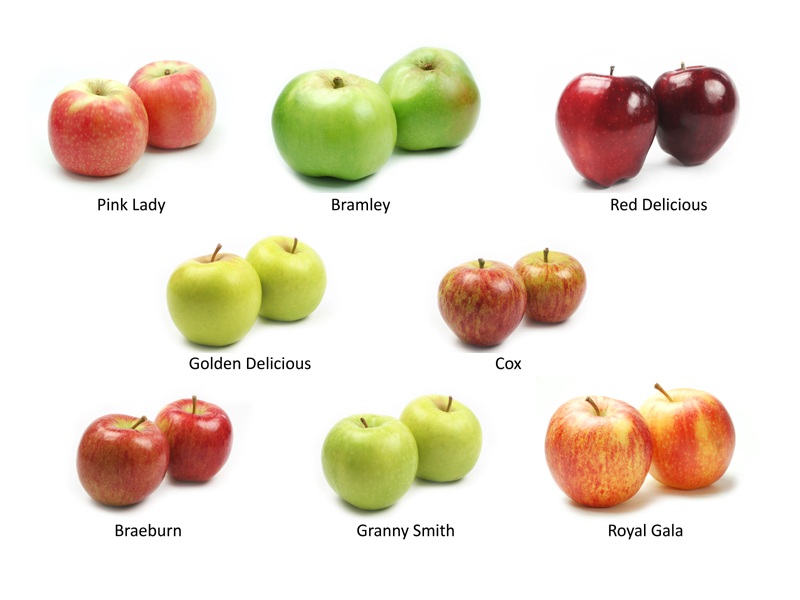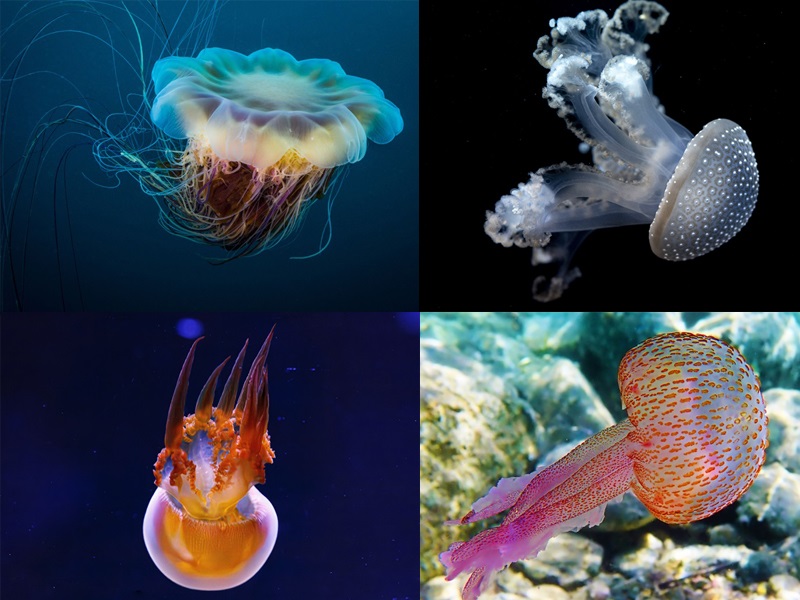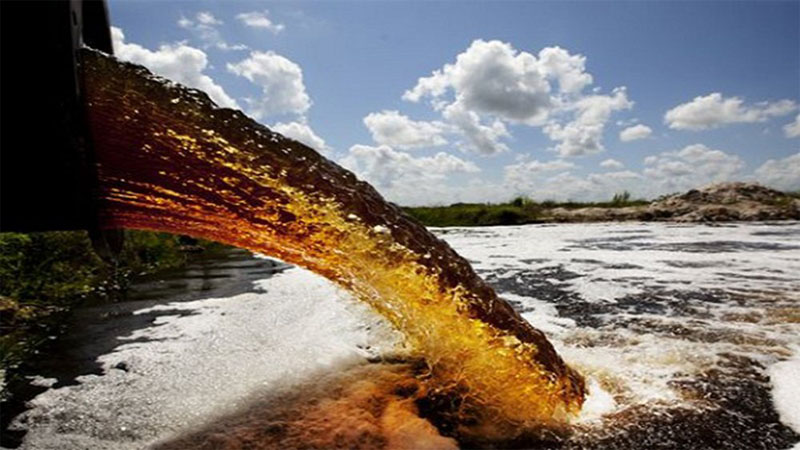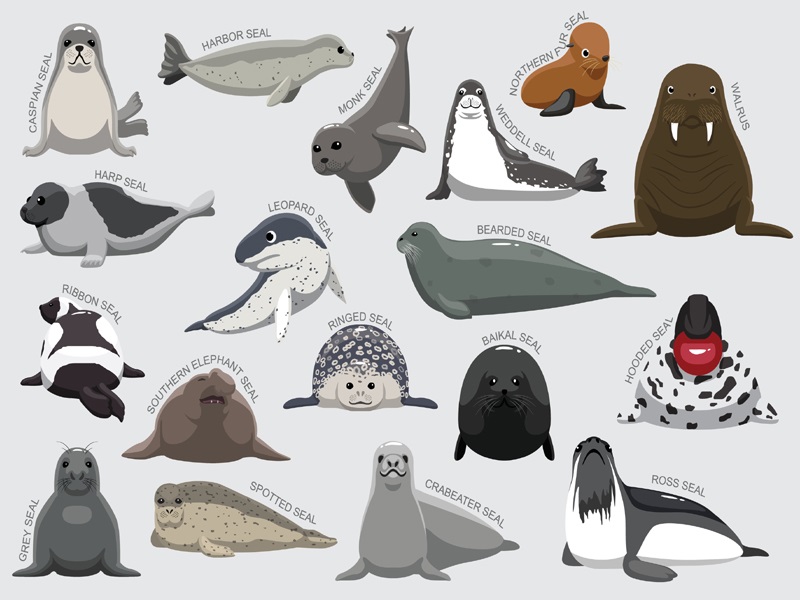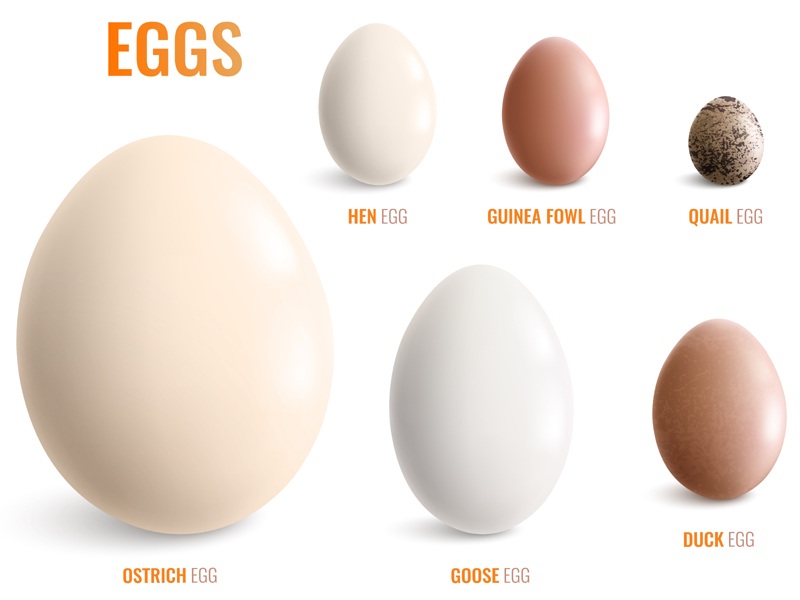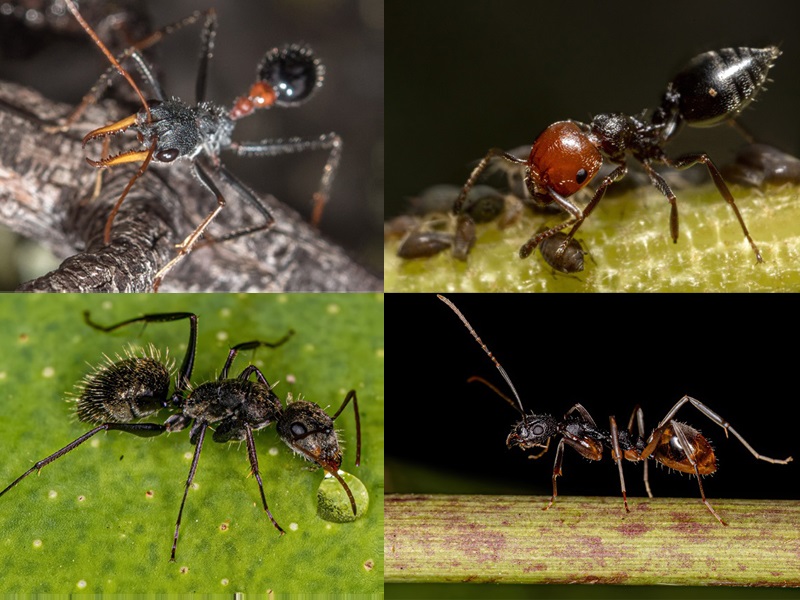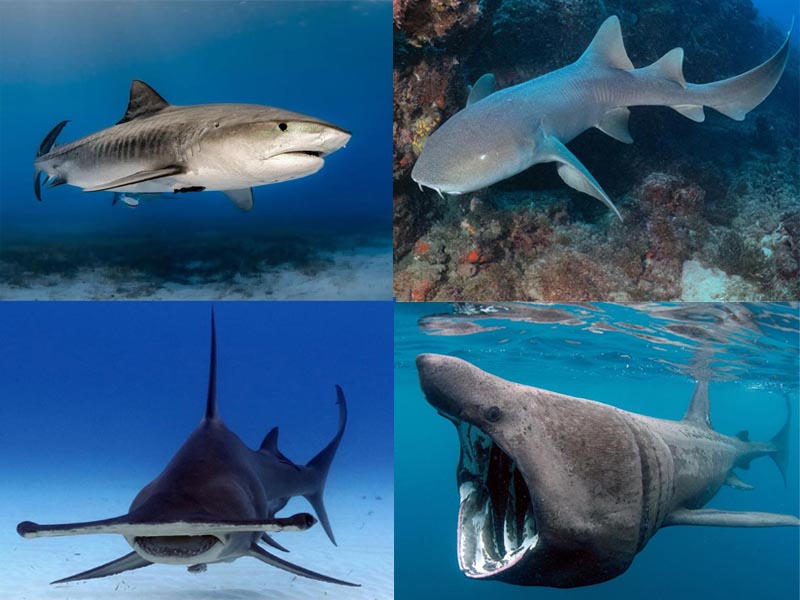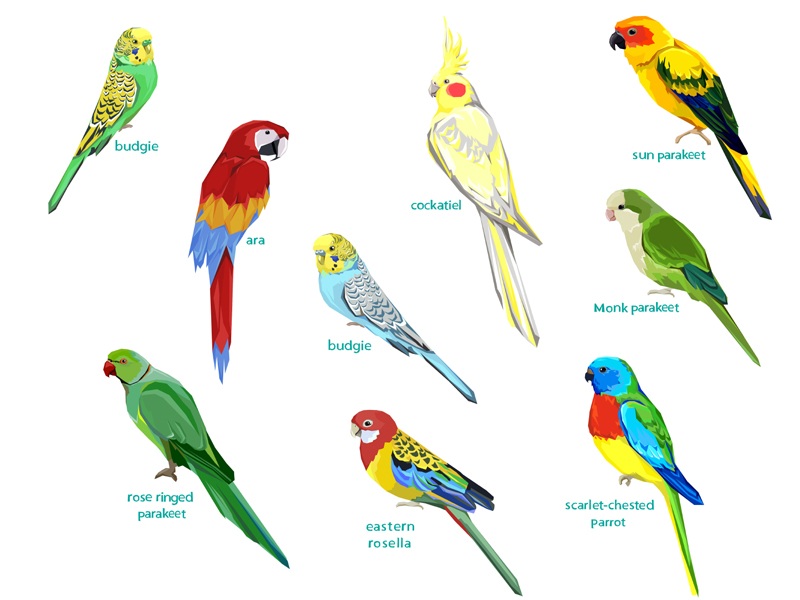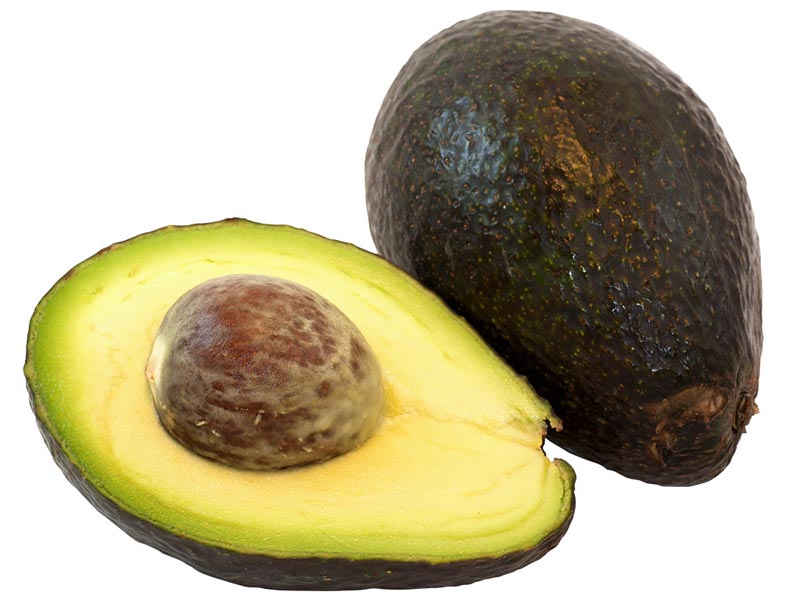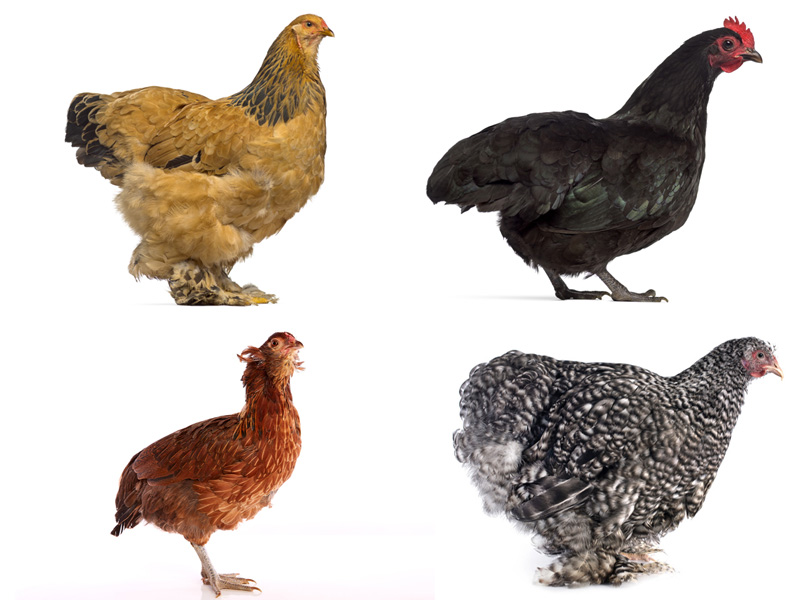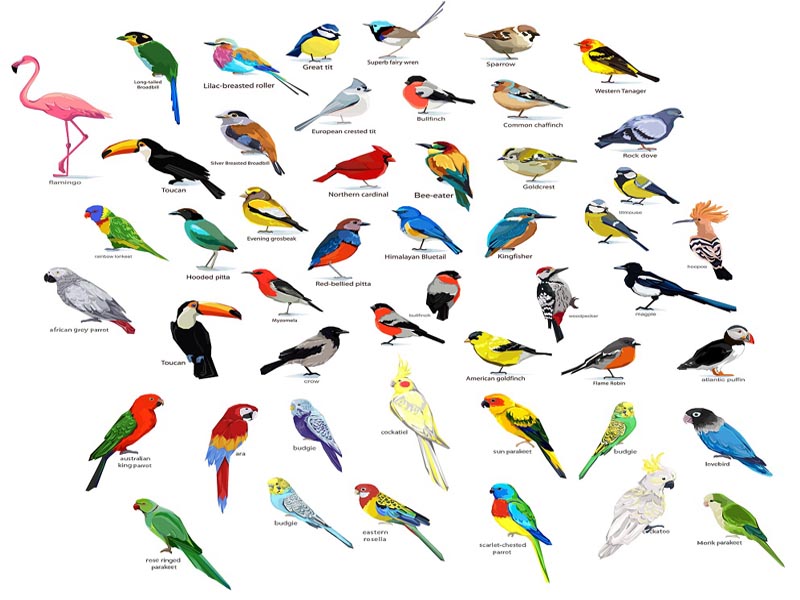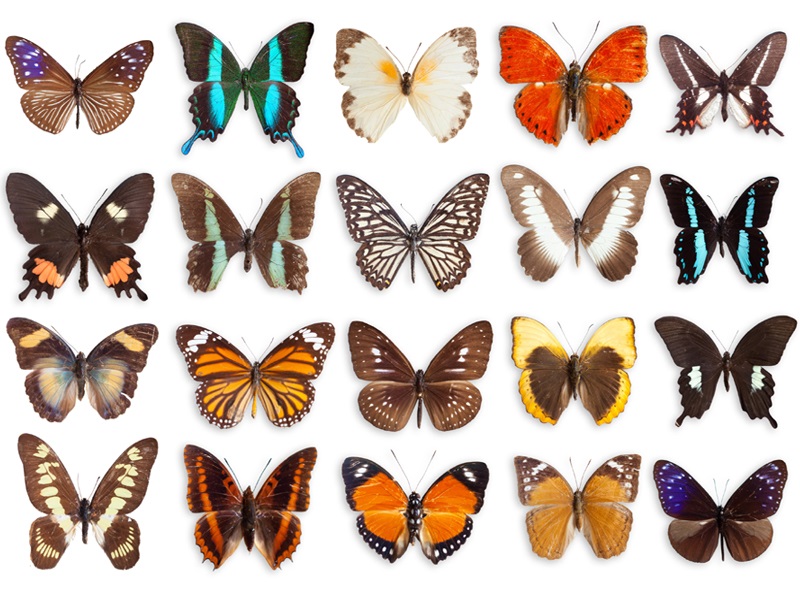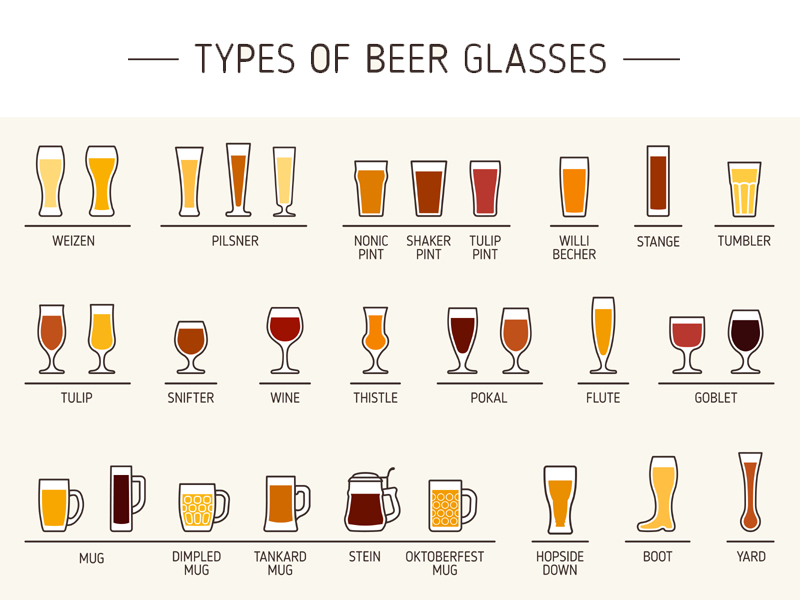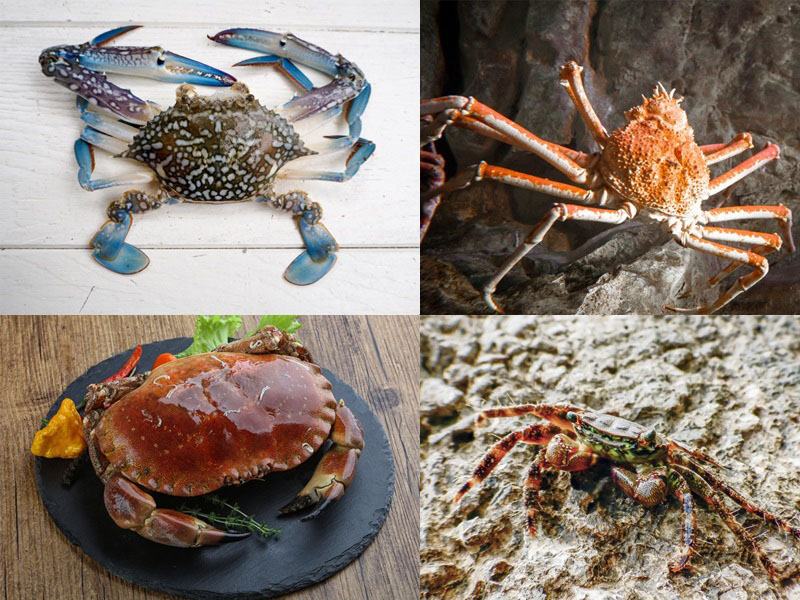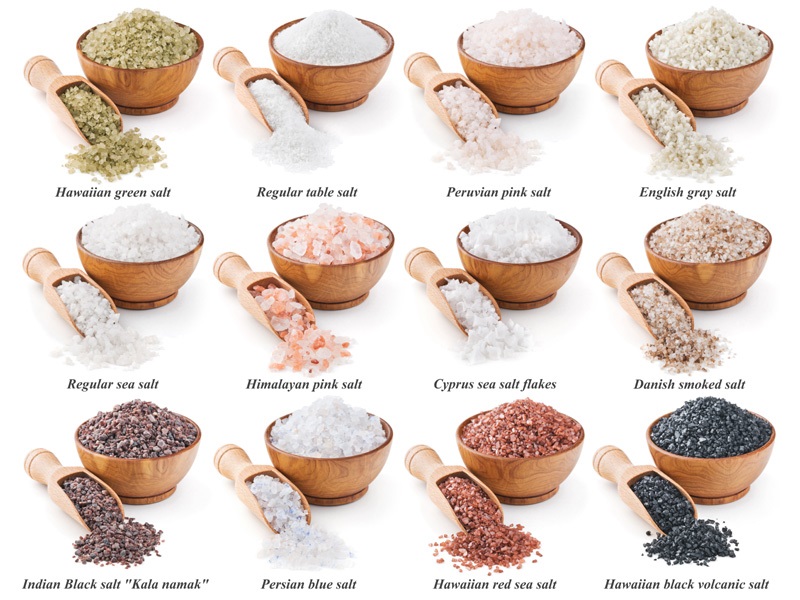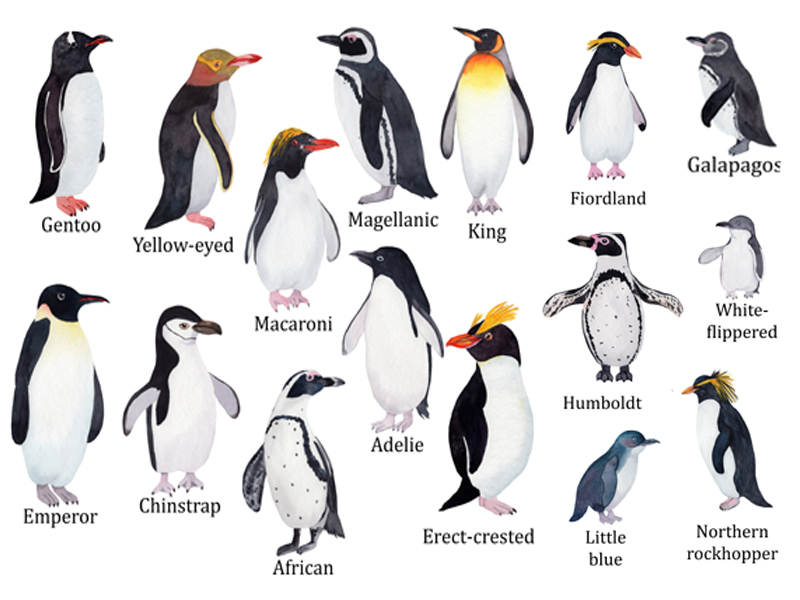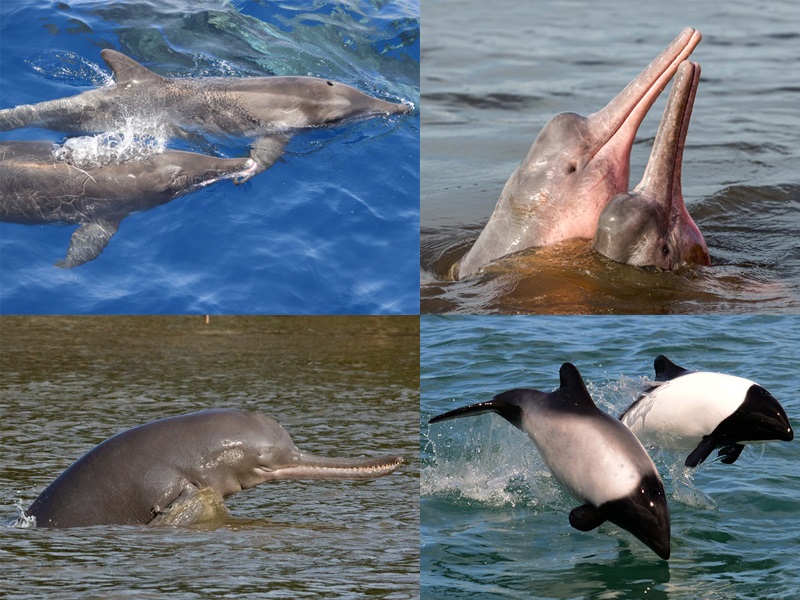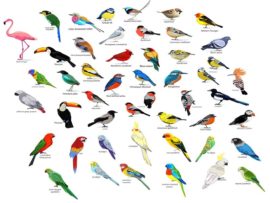Did you know whales are the largest animals that have ever lived and are closer to hippopotamuses genetically? Yes! These two animals are closer genetically than any other animals. However, they were separated about 40 million ago. There are different types of whale species available all around the world. Though they were hunted to extinction, some species recover more quickly than others, making a comeback.
In this article, we have presented you with some of the well-studied types of whales, from dangerous orcas to perky bottlenose dolphins and near-extinct Vaquita. Read on!
What is Whale?
The whale is a water animal that belongs to the order Cetacea. The term whale refers to any cetacean more than 3 meters(10 feet) long, such as porpoises and dolphins. An exception for the name is the dwarf sperm whale because of its striking resemblance to its larger namesake, which is 2.7 meters.
Whales are divided into two parvorders; Baleen type whales (Mysticeti) and Toothed type whales (Odontoceti). The way they feed is the significant difference between these two types of whales.
Baleen Whales:
- These whales sieve prey from seawater with the help of baleen plates or sheets, hence the name.
- Baleen whales have two blowholes on the top of their head.
- Baleen whales are larger than toothed whales, though there are only 14 of them.
- Humpback whales, fin whales, sei whales, right and bowhead whales, gray whales, and pygmy right whales are some examples of Baleen whales.
Toothed Whales:
- These whales actively hunt fish, squid, and other sea creatures with the help of their teeth.
- Toothed whales have only one blowhole on their head.
- There are 76 species of toothed whales that are smaller than baleen whales. The mighty sperm whale is the only exception.
- Toothed whales include killer whales, beluga whales, narwhals, sperm whales, and bottlenose whales.
See More: Different Fish Species In World
Different Types Of Whales With Images:
All the whales are categorized into two types, Baleen and toothed whales. Here we have presented you with a list of the different kinds of whales present globally.
1. Blue Whale:
Blue whale dwarfs even the largest dinosaurs making them the largest animals to have ever lived. The heart of this water animal is the size of a small car, and its circulatory system pumps ten tonnes of blood through its body. In its development, a blue whale calf can gain 200lbs per day by drinking 50 gallons of its mother’s milk. When seen underwater, blue whales are luminous aqua blue, though they are in light grey/ blue to dark grey.
Scientific Name: Balaenoptera musculus.
Length:
- Male – 25m.
- Female – 26.2 m.
Weight: 100 – 120 tonnes.
2. Southern Right Whale:
The southern right whales lack the streamlined shape of other whales and have a large bulbous head. The early whalers considered Southern right whales the ‘right’ whales to kill because they are slow in swimming and have large amounts of oil, blubber, and whalebone. These whales are often killed because they are usually found close to the shore.
Tail sailing is the unique behavioral trait of the Southern right whales. These whales also trail passing ships and vessels because they are attracted to them. In addition, southern right whales feed on planktons and crustaceans.
Scientific Name: Balaena Glacialis
Length: 20 m.
Weight: 96 tonnes.
3. Sei Whale:
Sei whales are baleen whales that do not come very close to land at any time or form large groups as they are among the more elusive of larger whales. Following the feeding at different times, these whales are found in the Northern and Southern hemispheres.
Sei whales feature a pointed rostrum and arched dorsal fin and are blueish grey. In addition, Sei whales have cookie-cutter shark bites all over their bodies, which are presented as flesh wounds.
The Sei whale population has been subjected to multiple mass deaths in the past. The diet of these whales includes cephalopods and small schooling fish, and in a day, A sei whale eats about 2000 pounds.
Scientific Name: Balaenoptera borealis
Length: 16 meters.
Weight: 13 tonnes.
4. Humpback Whale:
The humpback whales are baleen whales that draw attention to themselves with their behavior and are often collected in groups. The long pectoral fin and bulky body are features that help identify humpback whales, and these features are distinctive to them.
Because of the Humpback whales’ frisky surfacing behavior, these whales are popular among whale watchers and enthusiasts. These whales also allow tourist boats to get close because they are slow swimmers. In addition, male humpback whales sing the most complex songs in the animal kingdom during the breeding time.
Humpback whales use their baleen plates to strain huge volumes of ocean water to feed on shrimp-like crustaceans and small fish.
Scientific Name: Megaptera novaeangliae
Length:
- Male – 12.9 meters.
- Females – 13.7 meters.
Weight: 25-35 tonnes, to a maximum of around 48 tonnes.
5. Antarctic Minke Whale:
The Antarctic minke whale is the smallest baleen whale variety. These whales are good because whales often go after bigger ones. However, large quantities of this whale’s meat turn up inexpensive restaurants, and Minkies are hunted for scientific reasons in Japan.
Until the 21st-century, whalers neglected the Antarctic minke population because of their low oil yield and small stature. But now, they are among the near-threatened species.
The southern hemisphere is where Antarctic minke whales are found exclusively. These whales’ diet includes crustaceans, small schooling fish, and plankton.
Scientific Name: Balaenoptera bonaerensis
Length: 9 meters.
Weight: 7 tonnes.
See More: Seal Species with Images
6. Fin Whale:
The fin whale is a baleen whale and is the fastest swimming of all the large whales and the most commonest large whale, and is the second largest after the blue whale. Fin whales produce high sounds for an animal source of 75-80 dB at around 100 Hz. Except for polar extremes, these whales are fast swimmers in every climatic region.
The fin whales are often misidentified as blue whales or Sei whales. However, they are usually recognized by curves, dorsal fins, and distinctive asymmetrical markings on the body.
During the summer, fin whales feed on krill, small schooling fish, including herring, capelin, sand lance, and squid.
Scientific Name: Balaenoptera physalus
Length: 20 meters.
Weight: 50 tonnes.
7. Sperm Whale:
The sperm whale is a toothed whale that gets its name because of the head’s enormous, bulbous spermaceti organ. Sperm whales live in extended family units, which are lifelong associations for the females, unlike baleen whales which form only temporary bonds.
The head bone forms about one-third of the sperm whale’s body, and among the entire animal kingdom, its brain is the largest known of any species. The sperm whales create vocalizations or several high-frequency clicks, and the loudest this whale has produces 230 DB at 15 kHz.
Sperm whales consume about 3 to 3.5 per cent of their body weight, and their diet includes squid, sharks, fish, and skates.
Scientific Name: Physeter macrocephalus
Length: 16 meters.
Weight: 35 tonnes.
8. Killer/Orca Whale:
Killer whales are the best known toothed whales, top carnivores in the food chain, and are well known because they are taught to perform tricks by holding them captive in marine aquariums. Killer or Orca whales always hunt in pods and are often called ‘sea wolves.’ These whales hunt larger baleen whales, krill, fish to, penguins, and seals.
The killer whales are bound by complex social structures and are highly social marine animals. These whales spend their entire lives with their mothers living in a matriline society.
Scientific Name: Orcinus orca
Length:
- Males – 9-10 meters.
- Females – 4.5-6 meters.
Weight:
- Males – 11.1 tonnes maximum.
- Females – 8.3 tonnes maximum.
9. Bowhead Whale:
The Bowhead whale gets the name because of their distinctive bow-like jaw structure and is also known as the Arctic or polar whale. These whales are efficient filter-feeders because they have the enormous mouth of any extant animal species.
Unlike most other whale species, Bowhead whales do not feature a dorsal fin. These whales are the longest-living mammals on Earth as they have an estimated lifespan of over 200 years.
Bowhead whale’s diet includes small to moderately sized crustaceans and feeds almost exclusively on marine invertebrates along with small fish.
Scientific Name: Balaena mysticetus
Length: 14 – 18 meters.
Weight: Upto 100 tonnes.
Their population is prevalent throughout the Arctic and sub-Arctic waters.
10. North Atlantic Right Whale:
There are three closely related whale species in the genus Eubalaena, and one of them is the North Atlantic right whale. Their slow speed and submissive nature make it a preferred whaling target.
Some of the biggest threats to this species’s survival include unintentional vessel strikes, entanglements, and climate change. However, hunting activities have now ceased. The North Atlantic whale’s total population is estimated to be 400, and they are labeled as a highly endangered mammal species.
Scientific Name: Eubalaena glacialis
Length: 16 meters.
Weight: Upto 80 tonnes.
See More: Types of Turtles and Tortoises List
11. North Pacific Right Whale:
Another member of the Eubalaena genus is The North Pacific right whale species. The features of this species include an overly arched jawline, lack of dorsal fin at its back, and callosities on its head, like its close relatives. Like its Atlantic cousin, this whale is an endangered species. Cuprids and euphausiids copepods are the primary food sources of these whales.
Scientific Name: Eubalaena japonica
Length: 15 – 18 meters.
Weight: up to 100 tonnes.
12. Grey Whale:
The only extant species of the genus Eschrichtius, the Grey whale, as the name suggests, have a dark grey color body that is covered with white spots. Instead of the dorsal fin, grey whales feature a slightly lifted midline called a dorsal ridge. Eastern North Pacific and Western North Pacific are the two pockets of the world; you can find the majority of the grey whale population.
Scientific Name: Eschrichtius robustus
Length: 12 – 16 meters.
Weight: 25 – 30 tonnes.
13. Beluga Whale:
The Beluga whale is one of the large and distinctive species of whales and the only living species of the genus Delphinapterus. All types of beluga whales are the only marine species that are entirely white and lack a dorsal fin making it all the more special.
They also produce high-pitched clicks to navigate and find prey with the help of the large but deformable biozonal in front of their head. Octopus, squid, crabs, snails, clams, sandworms, and a variety of fish are the things that the Beluga whale consumes. Though Beluga whales are kept in aquariums worldwide, these whales usually inhabit cold, arctic, and sub-arctic waters.
Scientific Name: Delphinapterus leucas
Length: 5.5 meters.
Weight: 1900 kg.
14. Narwhal:
Found exclusively in the Arctic waters, Narwhal is a medium-sized breed of whales, the only surviving species in Monodon. Together with the beluga whale, these whales are part of the Monodontidae family. A long, extended tooth that can grow up to 10 feet in length, spiral tusks are the prominent features in Narwhal males (in rare cases, female).
It is said that the tusk of the Narwhal has close to ten million nerve endings that provide it with information about its environment by working as a sensory organ.
Scientific Name: Monodon monoceros
Length: 5.5 meters.
Weight: 1600 kg.
15. Beaked Whales:
As the name suggests, the distinguishing feature of a beaked whale is the presence of a beak which makes the whale looks like a dolphin. The absence of a notch in the tail fluke and a pair of converging grooves under the throat are the other distinctive features of beaked whales.
In addition, one or the other sex of this whale is significantly larger, making them often sexually dimorphic. However, there are very few morphological differences between male and female toothed whales aside from the dentition and size.
Scientific Name: Hyperoodontidae
Length: 4 to 13 meters.
Weight: 1 to 15 tonnes.
16. Pygmy Killer Whale:
As the name suggests, the pygmy killer whale is a small whale species, a smaller version of the killer whale. Not much is known about this whale species apart from the physical characteristics and a few behavioral traits. 35 degrees north to 35 degrees south is their range extends.
The Pacific between the coast of Hawaii and Japan is where you can find the inhabitation of the large population of pygmy killer whales. These whales feed on common dolphins and small fish.
Scientific Name: Feresaattenuata
Length: 2 meters.
Weight: 170 kg.
Interesting Facts About Whales:
Here are some of the facts about whales that you might find interesting:
- The blue whale can grow to 90 feet, weighs as much as 24 elephants, and is the largest animal ever lived.
- One hundred years is the lifespan of the Killer whales, whereas, Bowhead whales can live for more than 200 years, making them the longest-living mammals.
- Killer whales travel as a group focused on the mother, and they are hight social.
- The minke whale is the smallest baleen whale in North American waters.
- Beluga whales can move their heads because they have flexible necks.
- Beluga whales are nicknamed ‘canaries of the sea’ because of their complex communication repertoire of whistles, clicks, and chirps.
- Gray whales travel about 10,000 miles round trip, making them one of the longest annual migrations of any mammal.
- Commercial whales are why sperm whales were almost driven to extinction because of their unique oil and the whales’ blubber.
- North Atlantic right whales are vulnerable to collisions because they have a surface feeding behavior by gathering tiny organisms by straining seawater with their long baleen plates.
- Male humpback whales sing complex songs that can be heard miles away that last up to 20 minutes.
- Cuvier’s beaked whale can reach a depth of 1.9 miles by making the deepest and longest dive ever recorded for a cetacean. It also remained underwater for more than two hours.
See More: Jellyfish Species and Interesting Facts
Handed with the information regarding the different types of whales from this article, we hope you can enjoy viewing them next time you are on a trip. Don’t forget to let us know if you found this article helpful!
FAQ:
1. Which Is The Biggest Type Of Whale?
The biggest animal on the planet is the Antarctic blue Whale. It reaches up to 98 feet in length and weighs up to 400,000 pounds (approximately 33 elephants).
2. What Is The Number Of Species Of Whales?
There are 93 species of whales under-identification so far. Out of which 75 are toothed whale species, and 16 are Baleen whale species.
3. Which Is The Most Endangered Marine Mammal In The World?
Vaquita is considered the most endangered marine mammal globally and is the rarest whale species. Once believed to be extinct, Vaquita is the smallest whale species. Only a dozen individuals are known to be alive of the Vaquita today.
4. What Are The Rare Whale Species In The World?
There are about five critically endangered species, 11 species endangered, and seven species are vulnerable to extinction, according to the IUCN Red List of Threatened Species. Rice’s whale, North Atlantic right whale, Vaquita, and Atlantic humpback dolphin are the five critically endangered species of whales.
5. Which Whale Species Were Nearly Hunted To Extinction?
Blue whale, Humpback whale, and North Atlantic Right Whale are the three whale species hunted to extinction.
Disclaimer: The information provided in the article is based on research and for informational and educational purposes. The website is not responsible for the authenticity and accuracy of the information.


